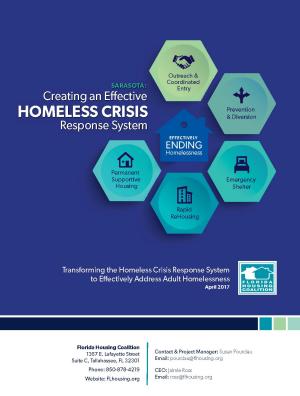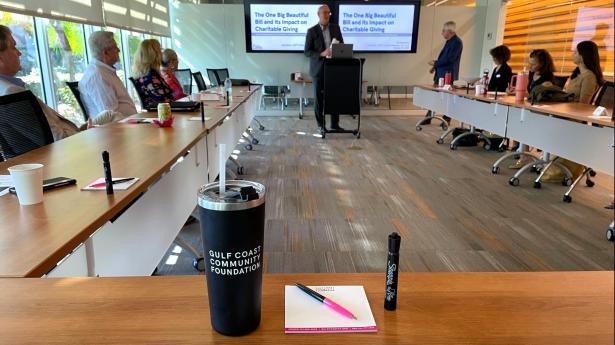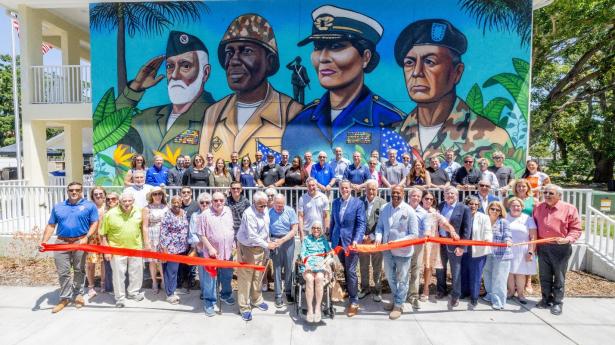
Continued Progress on Homelessness in Sarasota
The number of homeless individuals on the streets in Sarasota is trending downward. Meanwhile—and just as important—those chronically homeless individuals with the most acute needs are being prioritized for housing assistance and other services.
Those were two key takeaways from an update on homelessness in Sarasota shared with the Sarasota City Commission on June 4. The presentation was an annual report of sorts on our community's work to implement a systemic plan for addressing homelessness that was unanimously adopted last year by City Commissioners and their counterparts at Sarasota County.
“We have come a long way—you have come a long way,” said Dr. Susan Porciau, an expert from the Florida Housing Coalition who has been working closely with government, law-enforcement, and nonprofit agencies to reduce chronic adult homelessness throughout Sarasota County. “The system is now beginning to operate as it should.”

That system was detailed in a report authored by Porciau and approved last April by both City and County government. Prior to the report and since its adoption, Gulf Coast Community Foundation’s Jon Thaxton has been facilitating the collaboration of local governments and the nonprofit Suncoast Partnership to End Homelessness to transform the way the community addresses chronic adult homelessness.
The June 4 status report began with Kevin Stiff, the City’s homelessness response coordinator, highlighting figures from 2017 and the first quarter of 2018 for Sarasota’s Homeless Outreach Teams. The HOTs pair a case manager and police officer to conduct outreach to homeless adults and provide them a bridge to coordinated services, including housing opportunities.
Last year, 486 individuals were placed in emergency shelter beds at The Salvation Army of Sarasota contracted specifically for HOT referrals. Of them, 30 percent went on to permanent housing, and another 9 percent achieved other “positive outcomes” (i.e., somewhere safe to stay). In the first quarter of this year, the HOTs made 2,000 contacts with homeless individuals, and 230 clients received case management. Thirty percent of the clients who entered into services either found permanent housing or otherwise had a positive housing outcome.
Progress Report
Next, Dr. Porciau presented a high-level review of progress in six the key areas of her plan for creating an effective homeless crisis response system in Sarasota.
Sarasota now has a community-based Leadership Council to set priorities for how the community should address homelessness, Porciau noted. There is a “triage system” in place, which provides coordinated entry into services for homeless individuals, and progress had been made in coordinating all of the organizations that work in the area of homelessness. There is also much more local capacity for rapid rehousing—thanks in large part to private philanthropy—which her report identified as “most urgent” for creating a successful homeless crisis response system.
Ed DeMarco, the executive director of the Suncoast Partnership to End Homelessness, presented figures on the number of homeless individuals counted in the region during the most recent “point in time” homeless survey. Suncoast Partnership is the regional nonprofit responsible for administering state and federal funds for homeless services and coordinating
DeMarco said that homelessness was down overall by 18 percent in the Sarasota-Manatee region, and also down by 18 percent in the City of Saraorta, which has the highest concentration of adult homelessness in Sarasota County. “There’s been progress made in the number of persons who are on our street and are homeless,” he said. Given the fact that it’s the first time in four or five years that the figure has trended downward, DeMarco added, “I consider it a step in the right direction.”
Helping Those Who Need It Most
DeMarco also noted that the Suncoast Partnership’s Leadership Council set a goal for this year of helping those people with the most need. “In one week recently, three people with a combined 31 years of homelessness were housed,” he shared by way of example. While acknowledging that challenges lay ahead for those individuals, DeMarco pointed out that such individuals are high users of community services and hospital services.
According to a study of over 100 chronically homeless individuals in Central Florida, long-term homelessness costs the community an estimated $31,065 per person per year, including shelters, emergency room visits, and criminal justice involvement. Meanwhile, it costs less than a third of that to provide housing and supportive services to get a chronically homeless person off the street and help prevent them from falling back into homelessness.
“Moving down to 351 [homeless persons] from two years ago [at] 632 in the City of Sarasota is a remarkable achievement,” he said. “It has to do with the partners coming to the table and saying, ‘Housing is what we’re about.’”
Commenting on the update, Vice Mayor Jennifer Ahearn-Koch said, “This was the biggest issue in the community for a number of years. It’s very exciting to see this.”



